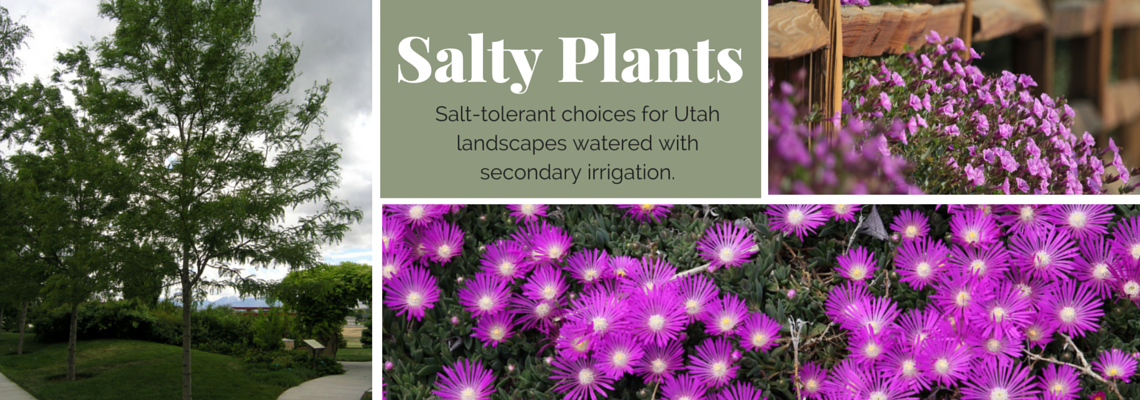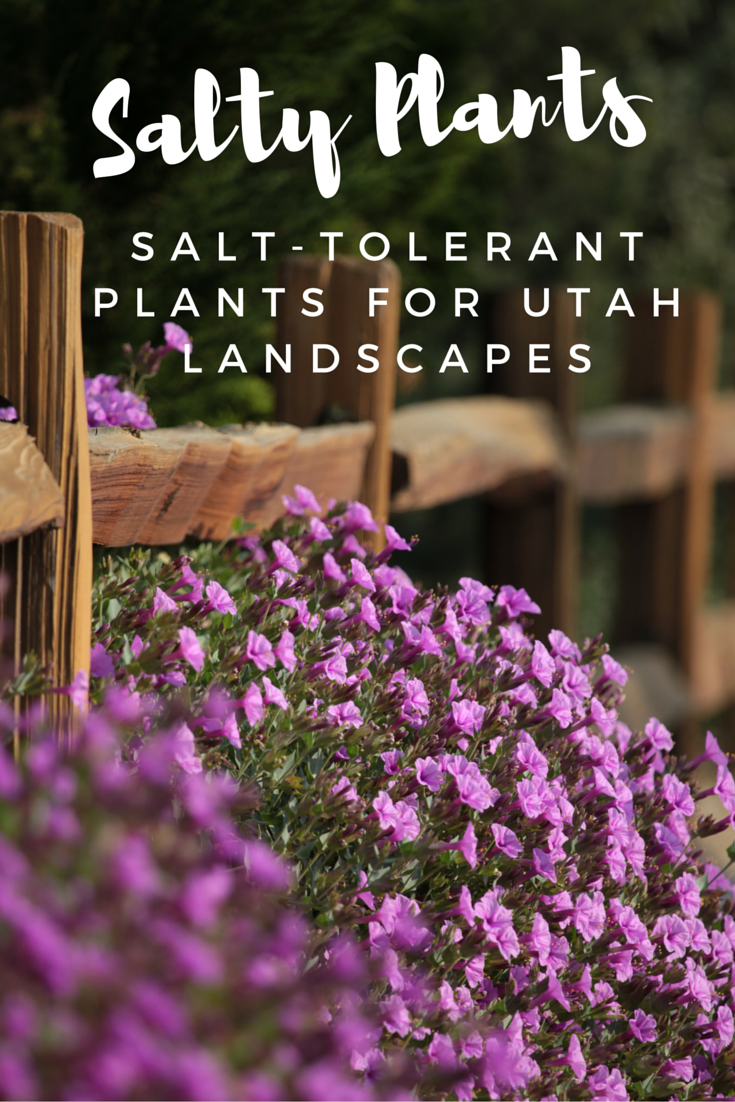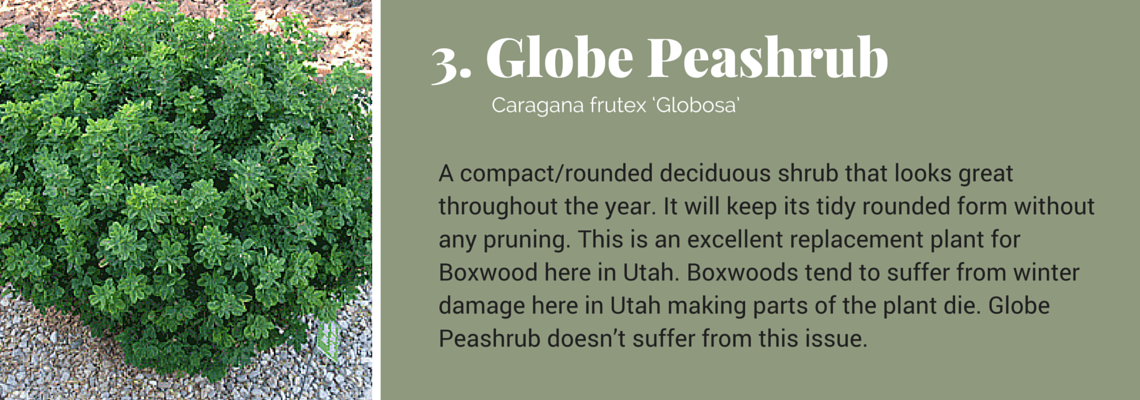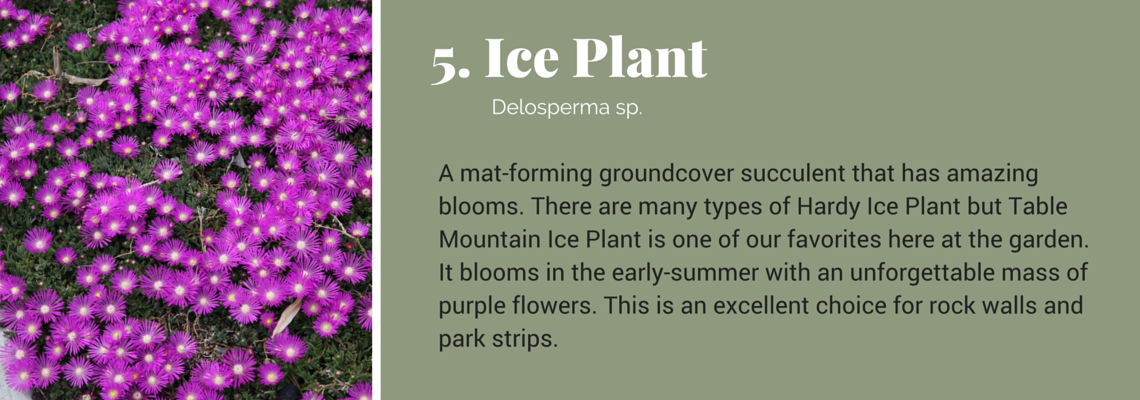
Salty Plants
-
 Salt is an issue in our landscapes that can cause plants to die and can cause homeowners frustration. Much of Utah is located within the seafloor of the ancient inland sea known as Lake Bonneville. As a result, our soils are naturally salty or alkaline—more so in some places than others. In the time since Lake Bonneville, chronically low rainfall coupled with the fact the the Wasatch Front is part of a "closed basin" have ensured that salts would not be leached out of the soil and carried away.
Salt is an issue in our landscapes that can cause plants to die and can cause homeowners frustration. Much of Utah is located within the seafloor of the ancient inland sea known as Lake Bonneville. As a result, our soils are naturally salty or alkaline—more so in some places than others. In the time since Lake Bonneville, chronically low rainfall coupled with the fact the the Wasatch Front is part of a "closed basin" have ensured that salts would not be leached out of the soil and carried away.
Some Utahns water their home landscapes with standard culinary (drinking) water. This water has been treated and ph balanced. Though that isn't necessary for landscapes, it does make growing plants here easier, albeit more expensive to cultivate. If you are watering your plants with secondary irrigation water (untreated non-drinking water) you're saving money but there can be high levels of salt in the untreated water-- compounding the impact of salt in your landscape. That's not a negative so long as you plant accordingly.
Salt applied to roadways in winter can also increase salts in your park strip for any Utahn—those on busy streets are hit especially hard. Park strips present an ideal location for native and salt-tolerant plants.
Salt damage with plants looks a lot like symptoms of drought. The main symptoms of salt damage are leaf yellowing and stunted growth. These symptoms can cause confusion as homeowners may think their plant isn’t getting enough water, when in reality the salty secondary water is causing the problem.
Changing the salt levels in your landscape can be somewhere between difficult and impossible so the best thing to do is to use plants that are tolerant of salty conditions in the first place. Here are some of the best salt tolerant plants for Utah:
-

-

-

-

-

-

-
Our design staff created a balanced whole-landscape planting schedule that you can copy! This list contains trees, shrubs, perennials and grasses that will work well together. Use all of the plants or just a few. It is especially suitable for those in Southwest Salt Lake County and Northern Utah County who receive irrigation water originating from Utah Lake for a portion of the season-- but it will work well for all but the high elevation Wasatch Front locations.
-

-

-


